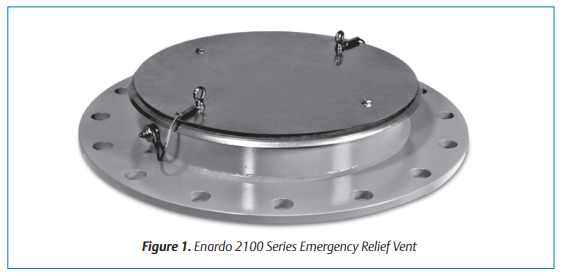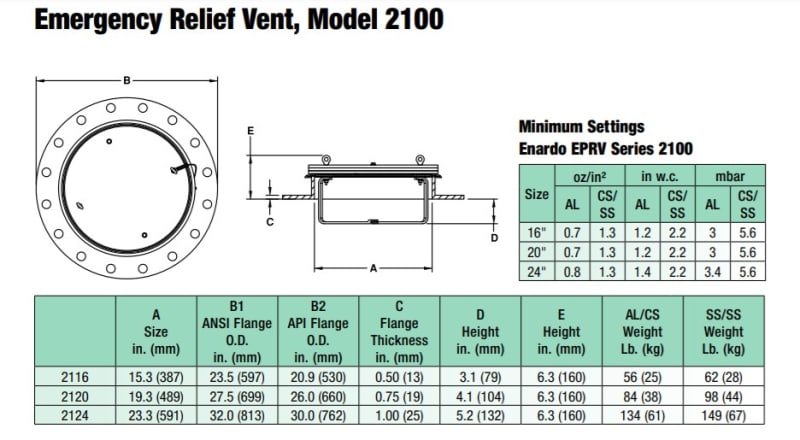Hi,
I am working on sizing an Emergency Vent [EV] for an API650 atmospheric storage tank built using API 2000 standard. I understand that API 2000 gives guidance in terms of capacity required for the EV. However, after I am done sizing the EV (per API 2000), next step is to determine the right pressure setpoint to set the EV vent at. My question is: Do I need to consider snow loads that might hinder the EV to open properly when determining the right setpoint? The EV is exposed to atmosphere and does not have any cover over it. I would really appreciate if I can be directed to the relevant standards and practices that are followed in the storage tank design engineering community for such a scenario. Thank you.
I am working on sizing an Emergency Vent [EV] for an API650 atmospheric storage tank built using API 2000 standard. I understand that API 2000 gives guidance in terms of capacity required for the EV. However, after I am done sizing the EV (per API 2000), next step is to determine the right pressure setpoint to set the EV vent at. My question is: Do I need to consider snow loads that might hinder the EV to open properly when determining the right setpoint? The EV is exposed to atmosphere and does not have any cover over it. I would really appreciate if I can be directed to the relevant standards and practices that are followed in the storage tank design engineering community for such a scenario. Thank you.


